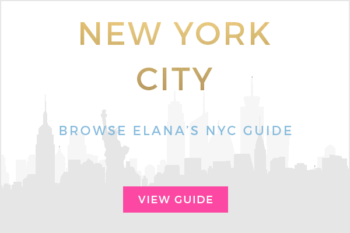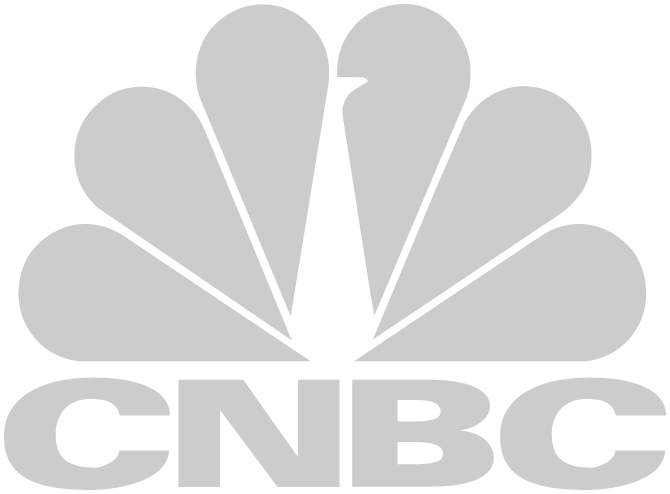The goal of your resume is to show the hiring manager that you have the skills and experience necessary to be successful in the role. It takes more time, but it is worth it to customize your resume and cover letter for each job. When you apply to jobs online, your application often goes through software called an applicant tracking system that sifts through the applications by searching for keywords related to the job description. By including some of the key skills and responsibilities from the job description in your resume, it is more likely your application will get seen by the hiring manager. Write a standard version of your resume using this advice and edit it for each job.

Contact:
Your name and contact information should be at the top so the hiring manager knows how to get in touch with you. Include your full name, address, personal email, phone number, and the URL for your personal website if you have one.
Education:
Include the name, your degree, your major, and your graduation date. If you had a high GPA, graduated with honors, or won any academic awards, include it. If you have space on your resume, you could also include extracurriculars, study abroad information, and relevant classes.
Experience:
Your experience section should be in chronological order starting with your most recent job. Include the company name and city and state, your title or titles if you’ve been promoted, and your start and end dates. Each entry in the experience section should have bullet points explaining your responsibilities and accomplishments. You don’t need to include all of your responsibilities at every job, include the ones that are most relevant to the job application.
Think of your resume as a one-page highlight reel for your career. Use action verbs like managed, led, and organized and write in the active voice. Show the impact you made by including numbers because they are concrete and memorable. Think about your past jobs and internships and consider examples of growth, like increasing newsletter subscriptions by 50%, frequency, like writing a daily newsletter, time like doubling subscriptions in six months, and money saved or earned like generating $100,000 in revenue by signing on new clients. Avoid industry jargon and cliches like people-person, positive, and team-player and write in clear, concise sentences instead of being overly formal.
Skills:
Include relevant skills for your industry and the position. The job description will likely have the skills they are looking for like Photoshop, Asana, Salesforce, or WordPress and any languages you know. Leave off common programs or services like Word, Excel, or Google Docs and exclude soft skills like teamwork, collaboration, or organization. Your experience section and cover letter will show you have those skills so it isn’t necessary to highlight them.
Putting it All Together:
When you are applying online, use a common, easy-to-read font and simple formatting because the applicant tracking software might not be able to read more complicated formatting. You can use a creative resume template for the copy of your resume you bring to an interview. Save your resume as a PDF so the formatting doesn’t change and save it as your first and last name and resume. Read your resume over multiple times for any typos and grammatical errors before sending it off!
































Pingback: 5 Ways To Improve Your Online Job Application - Elana Lyn